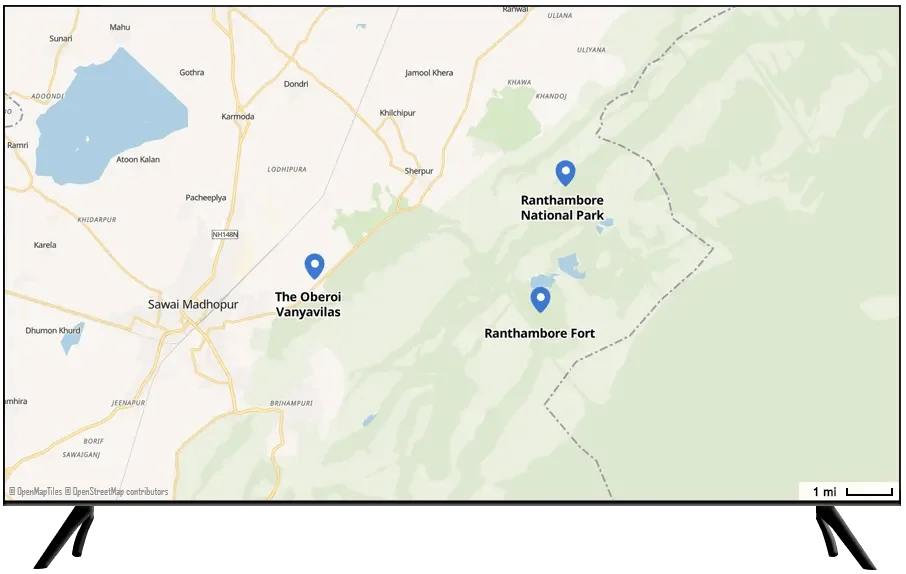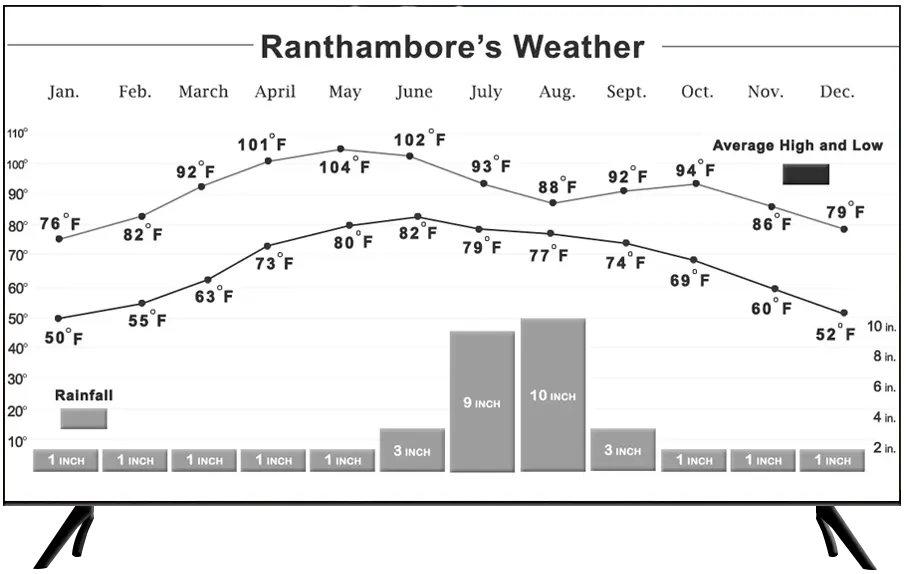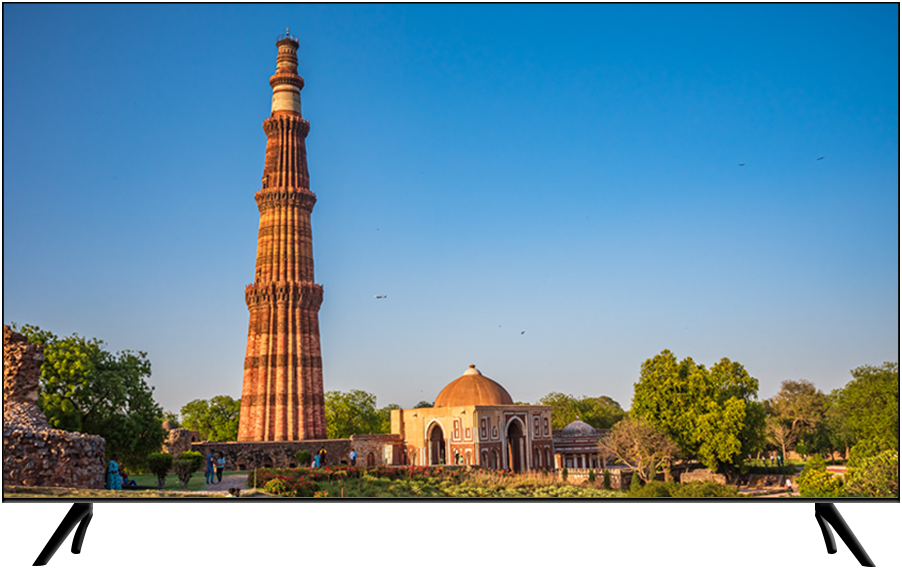



Day 9. Ranthambore
Overnight – Oberoi Vanyavilas
Covering an area of 410 square kilometers, Ranthambore National Park runs along the eastern spur of the Aravalli Mountain range until it meets with the Vindhya ranges. Ranthambore was once the Jaipur rulers’ private hunting ground. In 1972 it was declared a Sanctuary and was brought under the Project Tiger Conservation platform. Dry deciduous forest covers most of the park, and the vegetation is lush around the many small lakes and ponds. The open grasslands that are the tiger’s favorite terrain account for much of the land on the higher slopes. This varied flora supports a large number of animals including a variety of deer and antelope, crocodiles, the sloth bear, over 320 species of birds, leopards and one of India’s highest densities of the Bengal Tiger.
Enjoy private jeep wildlife safaris into the park in the morning and afternoon. As in all of India’s National Wildlife Parks, safaris are operated by the Forest Department, in either jeeps or large old trucks (called canters) with up to 20 passengers. The front seats of Ranthambore’s small jeeps have to be occupied by the forest departments wildlife guide and the jeep driver. Almost all jeeps operate on a shared basis, with 5 or 6 passengers on the two bench seats in the back.
In between safaris, you have the option of a guided visit to the Ranthambore Fort. This excursion does have a fairly steep climb with almost 300 stairs that are always surrounded by dozens of monkeys. The massive Fort is one of the finest examples of the ancient Hindu concept of Vana-Durg, or a fort protected by a jungle. The history of this Fort (built in 944 A.D.) is a chronicle full of tales of blood and valor. Successively occupied by the Muslims, Rajput’s and Mughals, the insides of the fort today lie partly in ruin. There are superb views of the park to be had from its ramparts. There is also an ancient temple located in the fort which attracts a continuous stream of pilgrims from the surrounding villages. A note of caution – a large number of aggressive langurs (a larger than average South Asian monkey) have made the Fort area their home and it is not advisable to have food or shiny objects visible as you tour the fort as such items will be aggressively snatched away and this could cause injury.
Covering an area of 410 square kilometers, Ranthambore National Park runs along the eastern spur of the Aravalli Mountain range until it meets with the Vindhya ranges. Ranthambore was once the Jaipur rulers’ private hunting ground. In 1972 it was declared a Sanctuary and was brought under the Project Tiger Conservation platform. Dry deciduous forest covers most of the park, and the vegetation is lush around the many small lakes and ponds. The open grasslands that are the tiger’s favorite terrain account for much of the land on the higher slopes. This varied flora supports a large number of animals including a variety of deer and antelope, crocodiles, the sloth bear, over 320 species of birds, leopards and one of India’s highest densities of the Bengal Tiger.
Enjoy private jeep wildlife safaris into the park in the morning and afternoon. As in all of India’s National Wildlife Parks, safaris are operated by the Forest Department, in either jeeps or large old trucks (called canters) with up to 20 passengers. The front seats of Ranthambore’s small jeeps have to be occupied by the forest departments wildlife guide and the jeep driver. Almost all jeeps operate on a shared basis, with 5 or 6 passengers on the two bench seats in the back.
In between safaris, you have the option of a guided visit to the Ranthambore Fort. This excursion does have a fairly steep climb with almost 300 stairs that are always surrounded by dozens of monkeys. The massive Fort is one of the finest examples of the ancient Hindu concept of Vana-Durg, or a fort protected by a jungle. The history of this Fort (built in 944 A.D.) is a chronicle full of tales of blood and valor. Successively occupied by the Muslims, Rajput’s and Mughals, the insides of the fort today lie partly in ruin. There are superb views of the park to be had from its ramparts. There is also an ancient temple located in the fort which attracts a continuous stream of pilgrims from the surrounding villages. A note of caution – a large number of aggressive langurs (a larger than average South Asian monkey) have made the Fort area their home and it is not advisable to have food or shiny objects visible as you tour the fort as such items will be aggressively snatched away and this could cause injury.

